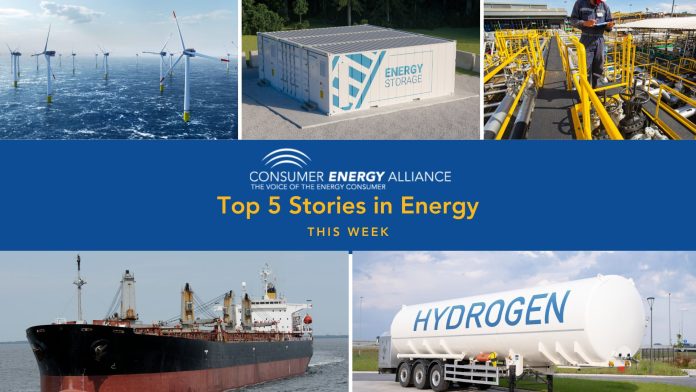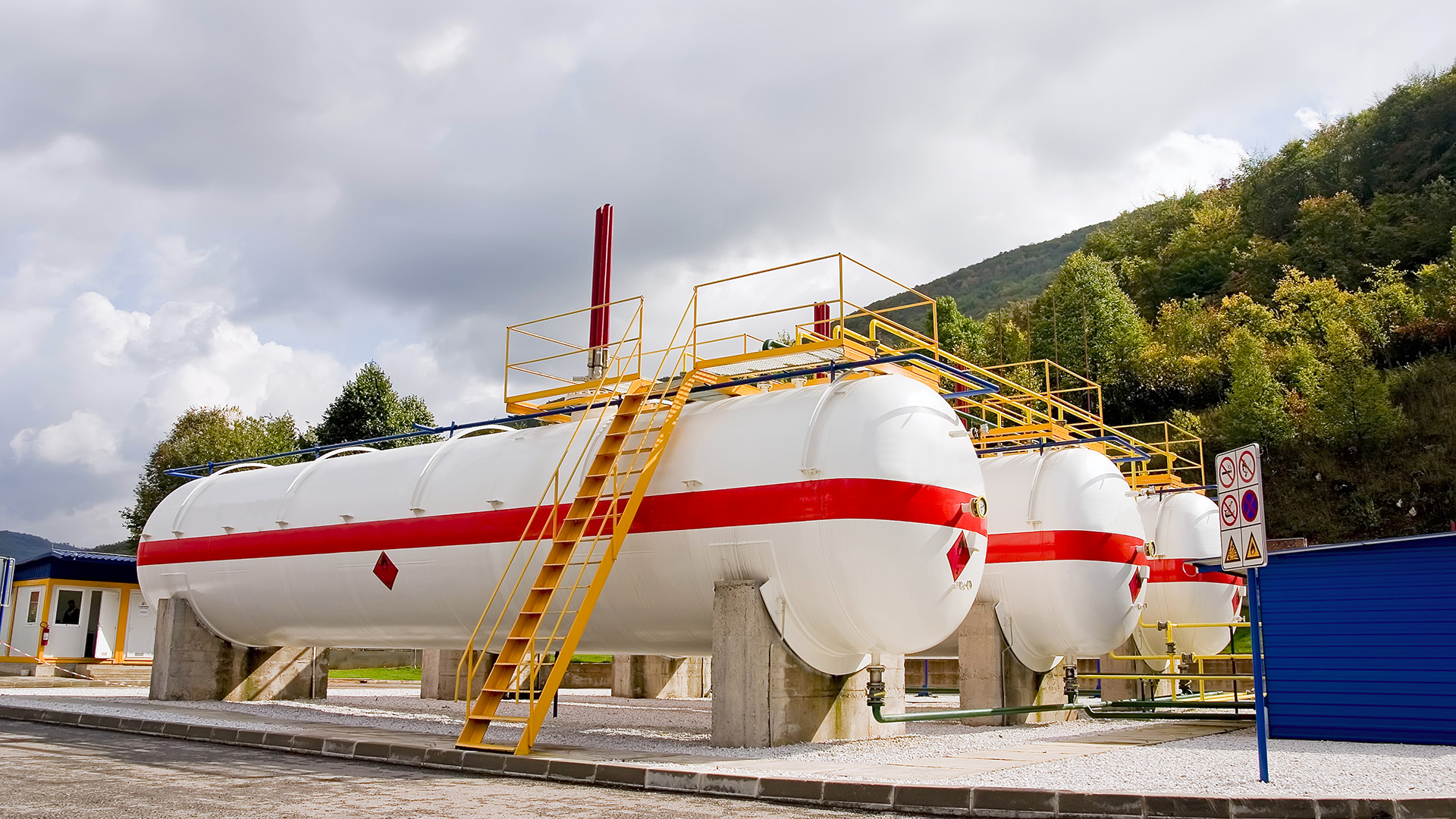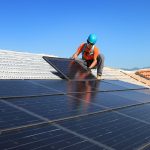
U.S. lawmakers continue to work towards a compromise in a bi-partisan infrastructure package. Negotiators say they are hoping to finish the package by Monday.
The week kicked off with U.S. crude oil prices falling sharply, as concerns over global economic recovery were raised due to the increased spread of the coronavirus Delta variant. However they rose more than 4% on Wednesday and edged higher on Friday on expectations that supply will remain tight throughout the year.
U.S. crude stockpiles rose for the first time since May this week as imports increased to their highest in a year.
As the Biden Administration continues to make strides in advancing offshore wind production, U.S. workers, manufactures and consumers can expect lower energy costs and thousands of job opportunities.
Catch up on more of this week’s energy news below!
5Floating offshore wind farms could help California’s power supply
Did you know that Northern California has some of the strongest offshore winds across the U.S.? PBS explains why that region of the state would benefit from floating offshore wind farms to mitigate for how quickly its continental shelf drops off.
4Crawling robots help with oil and gas inspections
With better data and sensors, robots are improving how they can help to inspect pipeline assets and help to mitigate safety risk for human workers. RigZone details how digitization benefits the oil and gas industry and where robots fit into this new trend.
3Oil shippers using technology
Oil shippers are using technology to help combat the transfer of oil by countries under sanctions by monitoring ships and analyzing documentations. Reuters reports on how oil shipping companies have started utilizing technology to prevent accidental breaches of sanctions, given the tough restrictions.
2
Hydrogen battery sponges can store solar
Researchers are examining how to harness the sun’s energy by storing it and using it to produce green hydrogen. IEEE describes how solar farms are slated to use “hydrogen batteries” to store energy from solar panels, deliver power to the grid during the evening or supply green hydrogen to other industries.
1
A breakthrough in long-duration batteries
A new battery uses iron, water and air to store enormous amounts of electricity and then discharge power for days. The Wall Street Journal uncovers how the iron-air batteries may be capable of affordable, long-duration power storage by 2025.
















